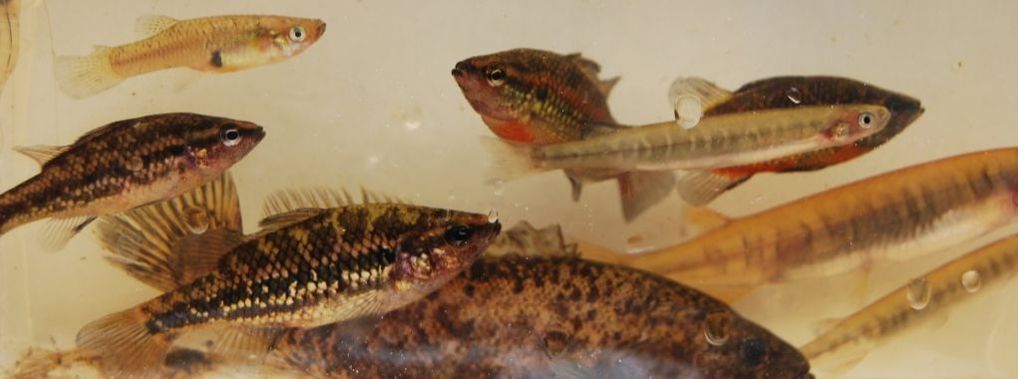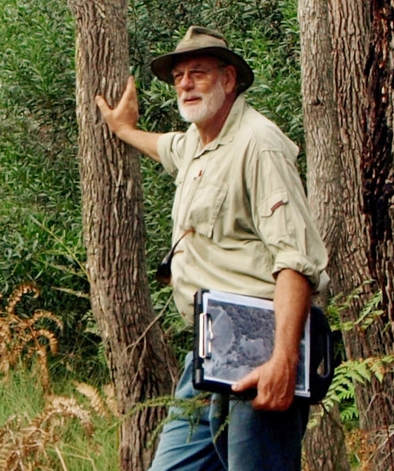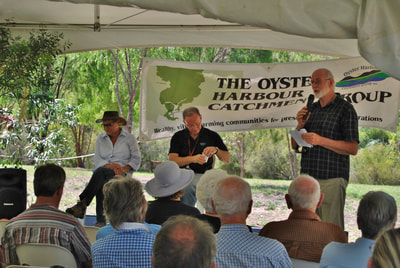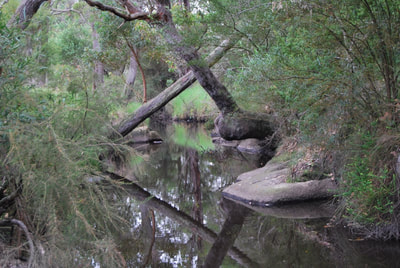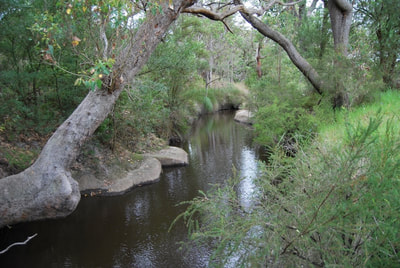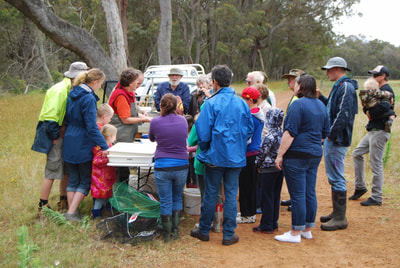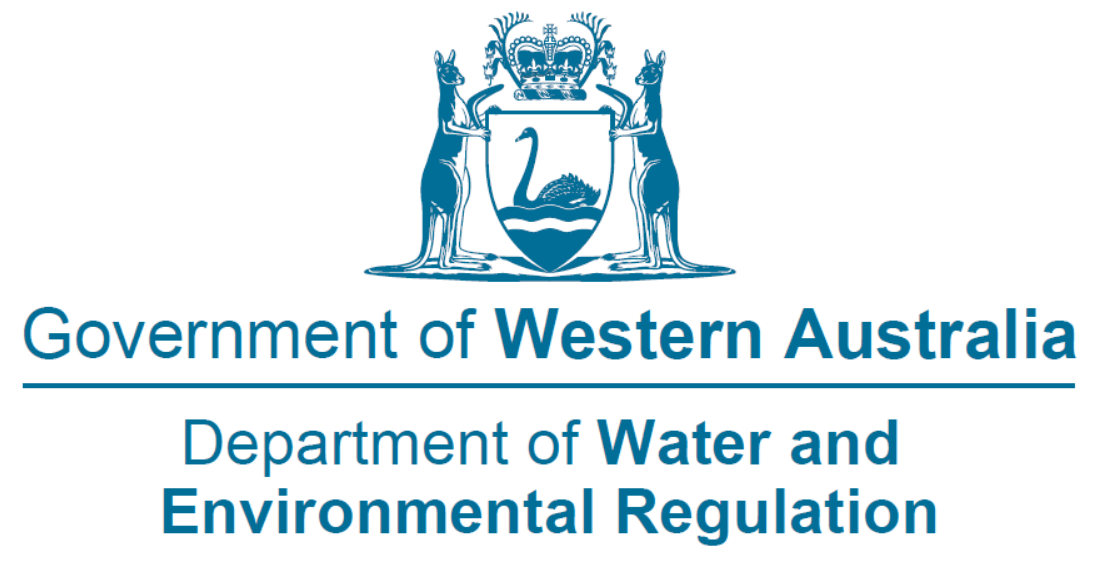Our King River
The King River is an important sub-catchment of the Oyster Harbour Catchment which is a nationally recognised landscape system for protection. Much of the work in the catchment is on upper-catchment broad-acre farms. The 2018 King River project builds on previous work to rid the Billaboya reserve and associated unallocated crown land of woody weed infestations. Of particular concern are Sydney Golden Wattle and Blackberry.
The environmental pressures are more varied and complex to resolve due to varied land uses. The catchment area is part of the South West Estuaries management program. The area has a rapidly expanding population due to land development, subdivision and recreational impact and therefore the project aims to highlight and build the community values for the river corridor environment and its protection for perpetuity.
The King River is an important sub-catchment of the Oyster Harbour Catchment which is a nationally recognised landscape system for protection. Much of the work in the catchment is on upper-catchment broad-acre farms. The 2018 King River project builds on previous work to rid the Billaboya reserve and associated unallocated crown land of woody weed infestations. Of particular concern are Sydney Golden Wattle and Blackberry.
The environmental pressures are more varied and complex to resolve due to varied land uses. The catchment area is part of the South West Estuaries management program. The area has a rapidly expanding population due to land development, subdivision and recreational impact and therefore the project aims to highlight and build the community values for the river corridor environment and its protection for perpetuity.
Long live the King River Perchlet (Nannatherina balstoni)
Two specimens of the King river Perchlet were collected by G.C. Shortridge and presented to the British Museum by W.E. Balston in 1906. Between 1906 and 1976 only 10 specimens had been lodged in Museums, (Three of these by W.H. Butler to the WAM). It was first called the King River Perchlet. It is now called Ballston’s pygmy perch.
Why it is no longer found in the King River is unknown, but may be related to the presence of introduced species such as the Mosquito fish, Gambusia holbrooki and/or Trout, Oncorhynchus mykiss, the latter of which was, until very recently, annually stocked into the river. A species that from about 25 mm total length, Ballston’s pygmy perch eats almost exclusively from the water surface, a diet mostly of spiders, ants and other insects such as midges and mozzies. It is now thought to be lost from the King River. It is one of our rare fishes in need of a bit of help and as a result in 2006 it was nominated the species under the EPBC Act and Wildlife Conservation Act as being Vulnerable
Western Pygmy Perch - Nannoperca vittata
FISH FACT: The Western Pygmy Perch (Nannoperca vittata) is one of the south-west's most widely distributed fishes. It is a lot slower growing than the Balston's Pygmy Perch and its diet differs in that it eats mostly from within the water column.
Nightfish - Bostockia porosa
FISH FACT: The Nightfish (Bostockia porosa) is one of the south-west's most widely distributed fishes. It is one of the largest freshwater fish in the region and is an ambush predator.
Western Minnow - Galaxias occidentalis
FISH FACT: The Western Minnow (Galaxias occidentalis) is one of the south-west's most widely distributed fishes. It is also one of the most abundant species and grows to almost 20 cm, but is more commonly less than 15cm in total length.
Two specimens of the King river Perchlet were collected by G.C. Shortridge and presented to the British Museum by W.E. Balston in 1906. Between 1906 and 1976 only 10 specimens had been lodged in Museums, (Three of these by W.H. Butler to the WAM). It was first called the King River Perchlet. It is now called Ballston’s pygmy perch.
Why it is no longer found in the King River is unknown, but may be related to the presence of introduced species such as the Mosquito fish, Gambusia holbrooki and/or Trout, Oncorhynchus mykiss, the latter of which was, until very recently, annually stocked into the river. A species that from about 25 mm total length, Ballston’s pygmy perch eats almost exclusively from the water surface, a diet mostly of spiders, ants and other insects such as midges and mozzies. It is now thought to be lost from the King River. It is one of our rare fishes in need of a bit of help and as a result in 2006 it was nominated the species under the EPBC Act and Wildlife Conservation Act as being Vulnerable
Western Pygmy Perch - Nannoperca vittata
FISH FACT: The Western Pygmy Perch (Nannoperca vittata) is one of the south-west's most widely distributed fishes. It is a lot slower growing than the Balston's Pygmy Perch and its diet differs in that it eats mostly from within the water column.
Nightfish - Bostockia porosa
FISH FACT: The Nightfish (Bostockia porosa) is one of the south-west's most widely distributed fishes. It is one of the largest freshwater fish in the region and is an ambush predator.
Western Minnow - Galaxias occidentalis
FISH FACT: The Western Minnow (Galaxias occidentalis) is one of the south-west's most widely distributed fishes. It is also one of the most abundant species and grows to almost 20 cm, but is more commonly less than 15cm in total length.
Other Resources
"OUR KING RIVER, A COMMUNITY ASSET” booklet by Steve and Geraldine Janicke
KING-RIVER-A5-BOOKLET-WORD-reduced.pdf
Catchment Nutrient for King River 2019
"OUR KING RIVER, A COMMUNITY ASSET” booklet by Steve and Geraldine Janicke
KING-RIVER-A5-BOOKLET-WORD-reduced.pdf
Catchment Nutrient for King River 2019
We acknowledge the Minang and Koreng people as the traditional custodians of the land on which we work and live. We pay our respects to the Elders, past, present, and emerging and to the wider Noongar community.
Sponsors and Supporters

